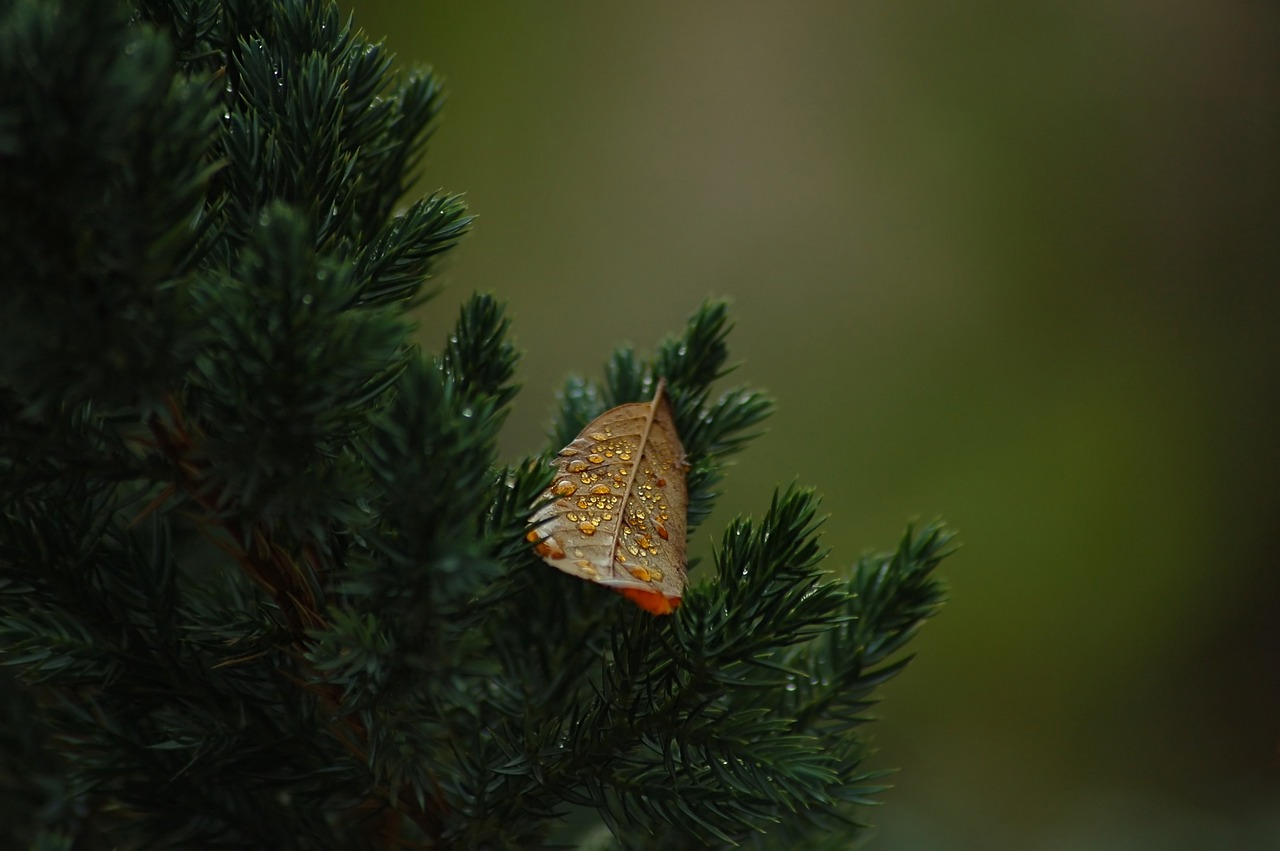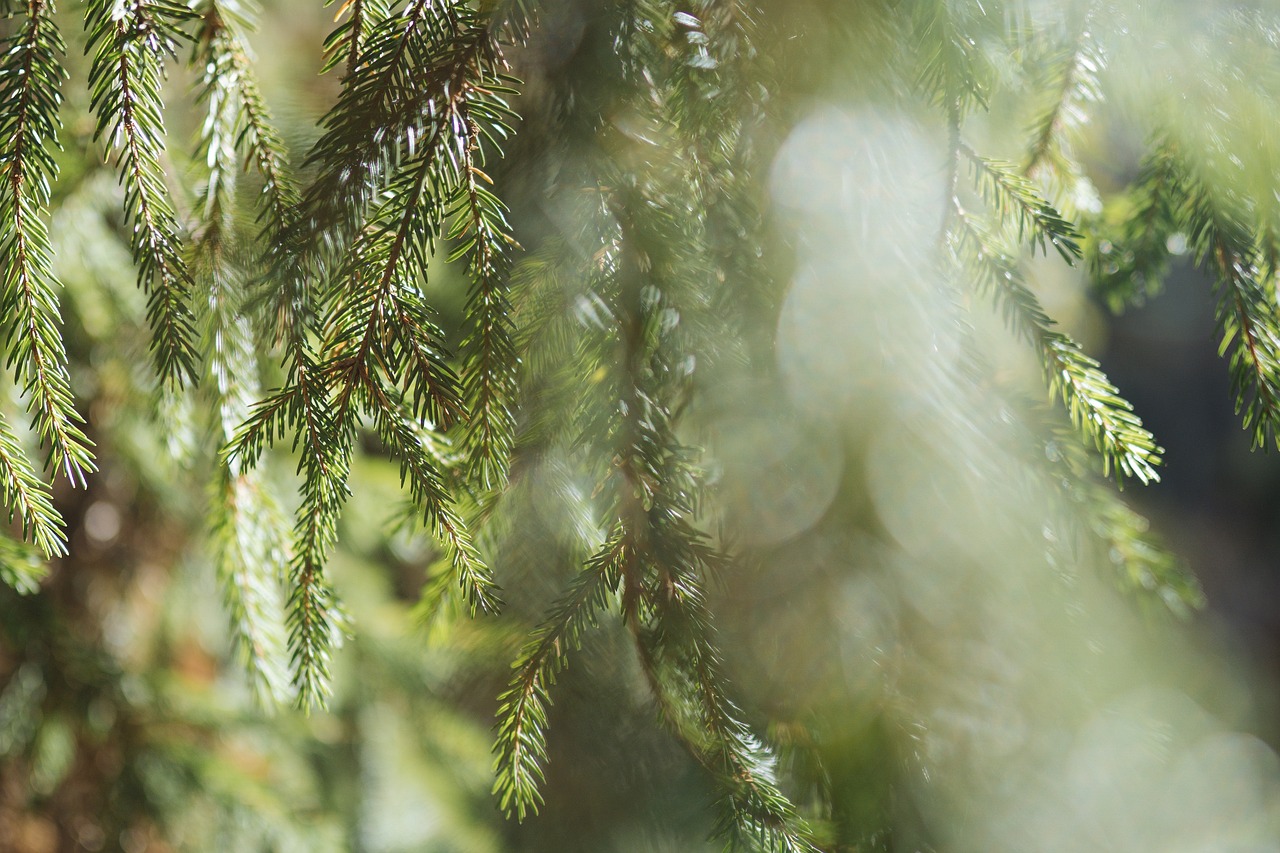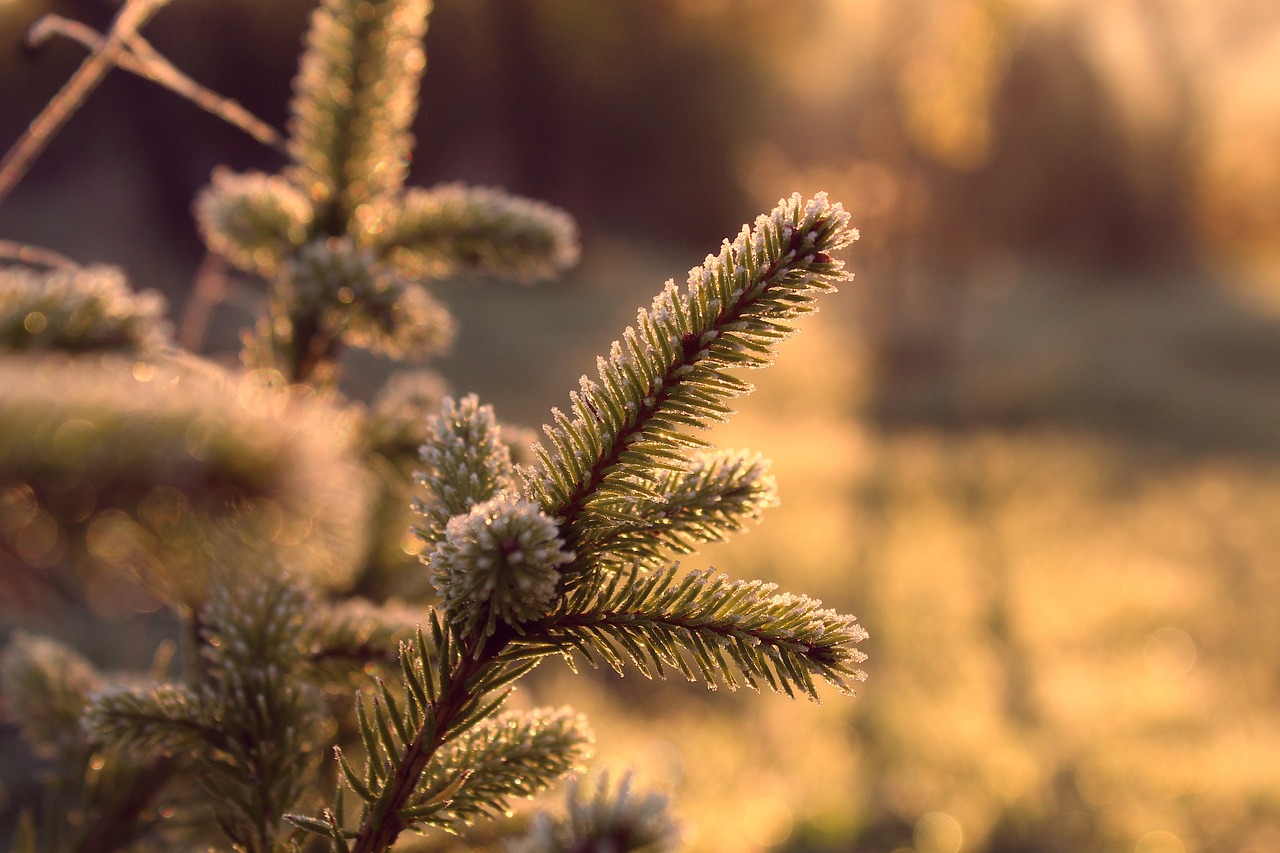“`html
Spruce Trees: A Comprehensive Guide
Spruce trees are a popular choice among gardeners and landscapers due to their aesthetic appeal and versatility. In this guide, we’ll explore everything you need to know about spruce trees, from their natural habitat and unique characteristics to tips on how to grow and care for them.
Understanding Spruce Trees
Natural Habitat and Distribution
Spruce trees belong to the genus Picea and are native to the temperate and boreal regions of the Northern Hemisphere. These evergreen conifers thrive in cold climates and are commonly found in Canada, the northern United States, and large parts of Europe and Asia.
Characteristics of Spruce Trees
Spruce trees are easily recognizable by their needle-like leaves and conical shape. They can grow up to 60 meters tall and have a distinctive, scaly bark. The needles are typically four-sided and attached individually to the branches, which differentiates them from similar species like fir or pine.
The Symbolism of Spruce Trees
In the language of flowers, spruce trees symbolize resilience and protection. They are often associated with endurance due to their ability to withstand harsh winter conditions. This makes them a popular choice for Christmas trees, symbolizing hope and renewal during the winter season.

How to Grow and Care for Spruce Trees
Choosing the Right Spruce for Your Garden
There are several species of spruce trees, each with unique characteristics. Common types include the Norway spruce, blue spruce, and white spruce. It’s important to choose a species that suits your climate and soil conditions. For example, the blue spruce is well-suited to drought-prone areas due to its water efficiency.
Planting Spruce Trees
When planting spruce trees, choose a location with well-drained soil and full sun exposure. Dig a hole twice the width of the root ball and as deep as the container. Plant the tree at the same depth it was growing in its nursery container, and backfill the hole with soil. Water thoroughly to settle the soil around the roots.
Watering and Fertilization
Spruce trees require regular watering, especially during the first few years after planting. Ensure the soil remains moist but not waterlogged. Applying a balanced fertilizer in early spring can promote healthy growth. Avoid over-fertilizing, as this can lead to weak branches and poor needle color.

Pruning and Maintenance
Regular pruning helps maintain the shape and health of spruce trees. Prune dead or diseased branches during late winter or early spring. Avoid cutting into the main stems, as this can harm the tree’s structure. Additionally, mulch around the base of the tree can help retain moisture and suppress weeds.
Additional Tips for Healthy Spruce Trees
Pest and Disease Management
Spruce trees are susceptible to several pests and diseases, including spruce beetles, aphids, and needle cast disease. Regularly inspect your trees for signs of infestation or disease, such as yellowing needles or excessive needle drop. Implement integrated pest management strategies or consult with a local arborist for treatment options.
Environmental Considerations
Spruce trees play a vital role in their natural ecosystems, providing habitat and food for wildlife. When planting spruce trees, consider the surrounding environment and how the trees will impact local biodiversity. Collaborate with local conservation efforts to ensure your planting contributes positively to the ecosystem.
Conclusion
Spruce trees are a beautiful and resilient addition to any landscape, offering both aesthetic and ecological benefits. By understanding their natural habitat, characteristics, and care requirements, you can successfully grow and maintain healthy spruce trees in your garden. Whether you’re planting a single tree or establishing a forest, the spruce tree’s enduring nature will bring beauty and life to your surroundings for generations to come.
For more detailed information on tree care and to explore other coniferous options, check out our Tree Care Guide. For additional resources on pest management, visit the Arbor Day Foundation’s Pest Management Page.
“`
